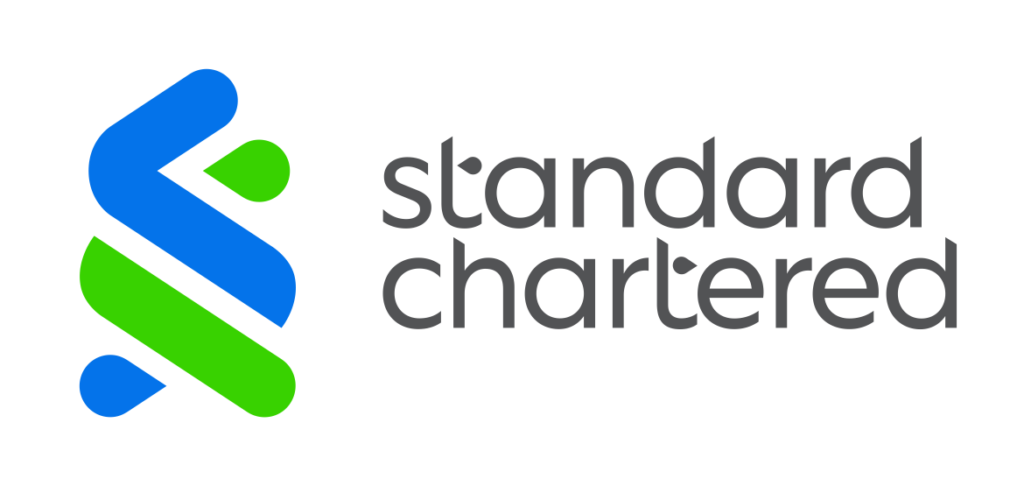
London: Standard Chartered’s push to bring some sparkle back to its performance has led the emerging markets bank to tighten its terms for lending to the diamond sector, reports Financial Times.
The London-listed bank has asked diamond dealers to provide more collateral or to take out insurance protection on their loans, without which they will have to pay higher interest rates or not have their debt renewed.
The move is part of a strategic push by Bill Winters, who took over as the bank’s chief executive last year, to stem a sharp decline in its profits by renegotiating or exiting about a third of its loan book that is generating insufficient returns.
“We continue to provide significant capital to the diamond sector, despite other banks withdrawing,” StanChart said. “We are focused on generating returns which cover our cost of capital, and price accordingly in line with the market.
“We are developing innovative solutions and working with clients and insurance providers to increase the sector’s access to capital and deliver institutional investor funding,” it added.
The bank cited the “increased compliance reporting and regulatory capital costs” that have made lending to the diamond industry less profitable as another reason for the change, which was first reported by Bloomberg.
Banks have been cutting back their exposure to the $13bn rough diamond trade, sometimes because of regulatory calls for greater compliance and concerns over high levels of debt among dealers.
The Antwerp Diamond Bank, which was one of the largest financiers of diamonds, shut its doors to new business in 2014 after KBC, its Belgian parent, failed to find a buyer. One European banker who left the diamond trade several years ago said it was “very hard to deal with the compliance issues”.
Tighter finance has squeezed the ability of dealers to fund stock purchases and contributed to a slowdown in the sector last year, with rough diamond prices falling 15 per cent according to Bain, the consultancy.
De Beers, the largest supplier of rough diamonds, has also become choosier about its customers. Last year it changed terms for dealers wanting access to its rough diamond supplies, insisting they showed greater transparency and held more equity to reduce reliance on bank debt.
StanChart has about $2bn of loans to the diamond industry, less than 1 per cent of its total loan book. They are part of its struggling portfolio of commodity loans that the bank has whittled down from $61.8bn to $39.6bn in the past two years.
The bank continued to grow rapidly while rivals were retrenching after the financial crisis, but this has caught up with it since emerging market economies slowed, the commodity cycle ended and regulators cracked down on misconduct.
Mr. Winters has criticized the bank’s risk management culture and “weak operational controls”, while admitting that “mistakes have clearly been made where decisions were taken which would now be outside of our risk framework”.
Shares in the bank have halved since last summer after it tapped shareholders for a $5.1bn rights issue in December, slashed its dividend and slumped to a $1.5bn pre-tax loss for 2015.



